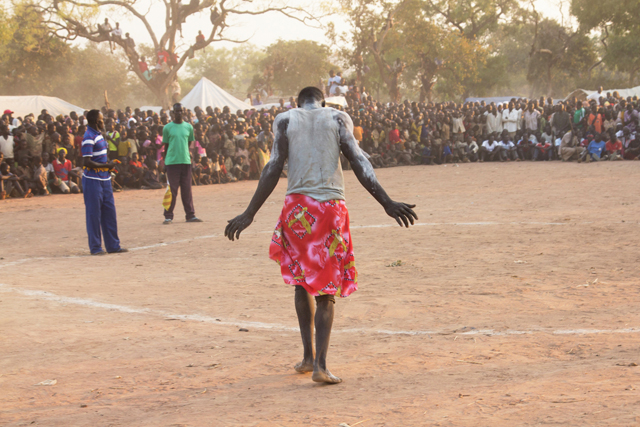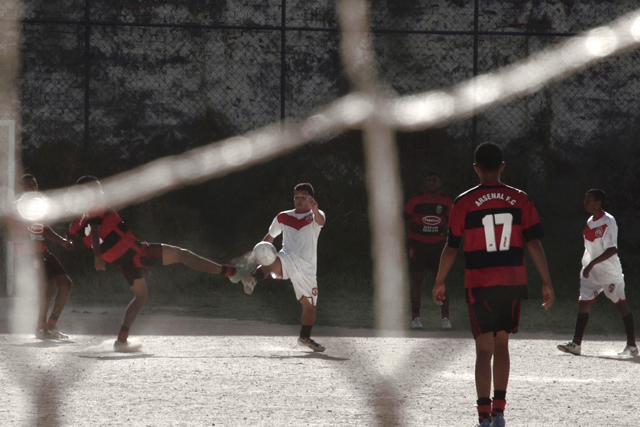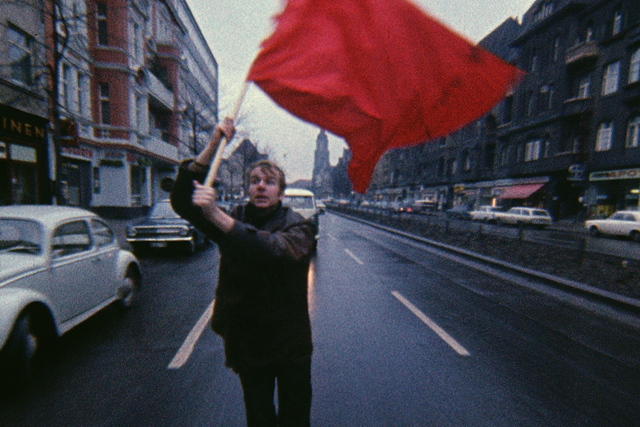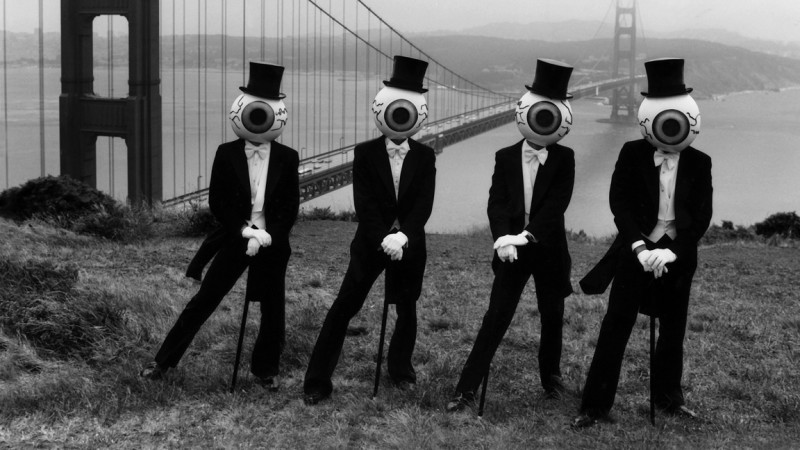Nonfiction is a pretty straightforward concept until you contemplate its packaging and presentation in a 70- or 90- or 150-minute movie. The aim of most documentary makers is to organize and shape their array of footage into a discrete, lucid piece that goes beyond easily digested sound bites, yet stops short of an overwhelming smorgasbord. Their choices inevitably tend to whittle complex issues into recognizable shapes and sagas. Consequently, audiences shouldn’t expect a documentary to leap the high hurdles of immaculate truth and accuracy, but simply represent the documented or depicted situation. (Not that there’s anything simple about that.)
Documentaries have long been a large and crucial chunk of the San Francisco International Film Festival’s program, and they deliver a kind of “State of the Globe” to festivalgoers starved for world news. Your correspondent views them less as a roundup of the threats to human civilization, 2015 edition, than a survey of the ongoing evolution of the documentary. I’m interested in experiments in form — the way the filmmaker presents his or her material — more than content or subject matter. I’m especially fascinated by the questions a film provokes us to ask, often unintentionally.
Among the sure-to-be-popular doc offerings at the SFIFF (opening Apr. 23 and running through May 7 in San Francisco and Berkeley) are portraits of the immortal American artists Nina Simone and Marlon Brando, along with civic treasures such as Los Angeles food critic Jonathan Gold and New York fashion icon Iris Apfel. I direct my gaze instead to social-issue movies from abroad that are largely devoid of characters, and give us less of a handle to hold onto in the slipstream of fast-moving reality.

The Iron Ministry, a seductive and engrossing ride on China’s passenger rails filmed by J.P. Sniadecki between 2011 and 2013, continues the SFIFF’s recent practice of selecting a documentary from the wide-awake giant. Because no single film can capture the country’s breadth, we accept this gently probing movie, like its predecessors, as an intriguing snapshot. A work of observation with no grand ambition, thesis or message, pushed along by its Cantonese-fluent filmmaker’s perceptive eye and direct interview style, The Iron Ministry (Apr. 24 at the Sundance Cinemas Kabuki and Apr. 25 at the Pacific Film Archive in Berkeley, with the filmmaker present, and May 4 at the Kabuki) is the rare, refreshing doc that honors its subjects and its audience. From rural folk schlepping heavy baskets of citrus to market to young professionals openly discussing what would induce them to leave China, Sniadecki depicts a society rapidly transforming from the past into the future.

The surefire way for a doc about displaced refugees or government-persecuted groups to tap our sympathy is by emphasizing the plight of the victims. Sudanese war correspondent and filmmaker Hajooj Kuka flips the formula in Beats of the Antonov (Apr. 25 and May 2 at the Kabuki and May 4 at the Pacific Film Archive in Berkeley, all with the filmmaker expected to attend) by emphasizing the pride with which Blue Nile and Nuba Mountain people practice their culture. Kuka’s emphasis on his subjects’ celebration of their identity under difficult circumstances — such as being bombed from the air — undercuts the audience’s impulse toward pity, and immeasurably enriches his social-issue exposé. After treating us to a feast of music and dance in the first half of his film, Kuka does rely a bit too heavily on talking-head interviews with a few Sudanese cultural experts. We’ll forgive that minor transgression in an otherwise invaluable glimpse at Africans who never appear on our television screens.

Another determinedly ground-level dispatch, Eryk Rocha’s Sunday Ball (Campo de Jogo) is an immersive, experiential rendering of a championship soccer match between Rio de Janeiro favelas. Along with the typical sports doc’s ecstasy of victory and agony of defeat, Sunday Ball (May 4 and 7 at the Kabuki and May 5 at PFA, with the filmmaker expected to attend all three screenings) strains to give us a sense of the residents’ desperation and need to escape — without leaving the rectangular confines of the field (until the very end). Rocha, the son of famed director Glauber Rocha, is less successful in the latter endeavor than in highlighting the elements of opera, ballet, commedia dell’arte and gang warfare that comprise modern football. There’s much visual and visceral pleasure to be had here, along with definitive evidence of the late, great Austrian filmmaker Michael Glawogger’s observation about the relationship between doc filmmakers and their subjects, “You can only film war and a sports event without being noticed.”

Political scientists and revolutionaries in training are the primary audiences for A German Youth, the latest excavation and manipulation of archival footage by the French formalist Jean-Gabriel Périot. This precisely edited work revisits the rebellious fury late-’60s college students directed at the German power structure (still in the hands of the generation that backed Hitler) and the Vietnam war. The documentary draws on the radical films of Holger Meins and the articulate television appearances of columnist and eventual Red Army Faction member Ulrike Meinhof. A German Youth (Apr. 25 at the PFA and May 2 and 5 at the Kabuki, with Périot slated to attend) represents the least pulpy treatment imaginable of the Baader-Meinhof Gang, conveying by very subtle degrees the evolution of a movement (fueled by escalating frustration) from discussion and civil disobedience to violence and nihilism.


